In the course of developing a new a comprehensive set of section properties for common cross sections I started to look into the first moment of area of cross sections. This led me to calculating the shear stress distributions. Typically when an engineer is calculating shear stress in a cross section they calculate the average shear stress in the cross section (or at least in the component of the cross section aligned with the shear load such as the web of an I section).
For a material in the elastic range the shear stress distribution is not linear and has a higher peak shear stress than the average shear stress. This shear stress distribution relies on the first moment of area.
We have posted 4 spreadsheets that calculate the true shear stress distributions for common beam cross sections at these links:

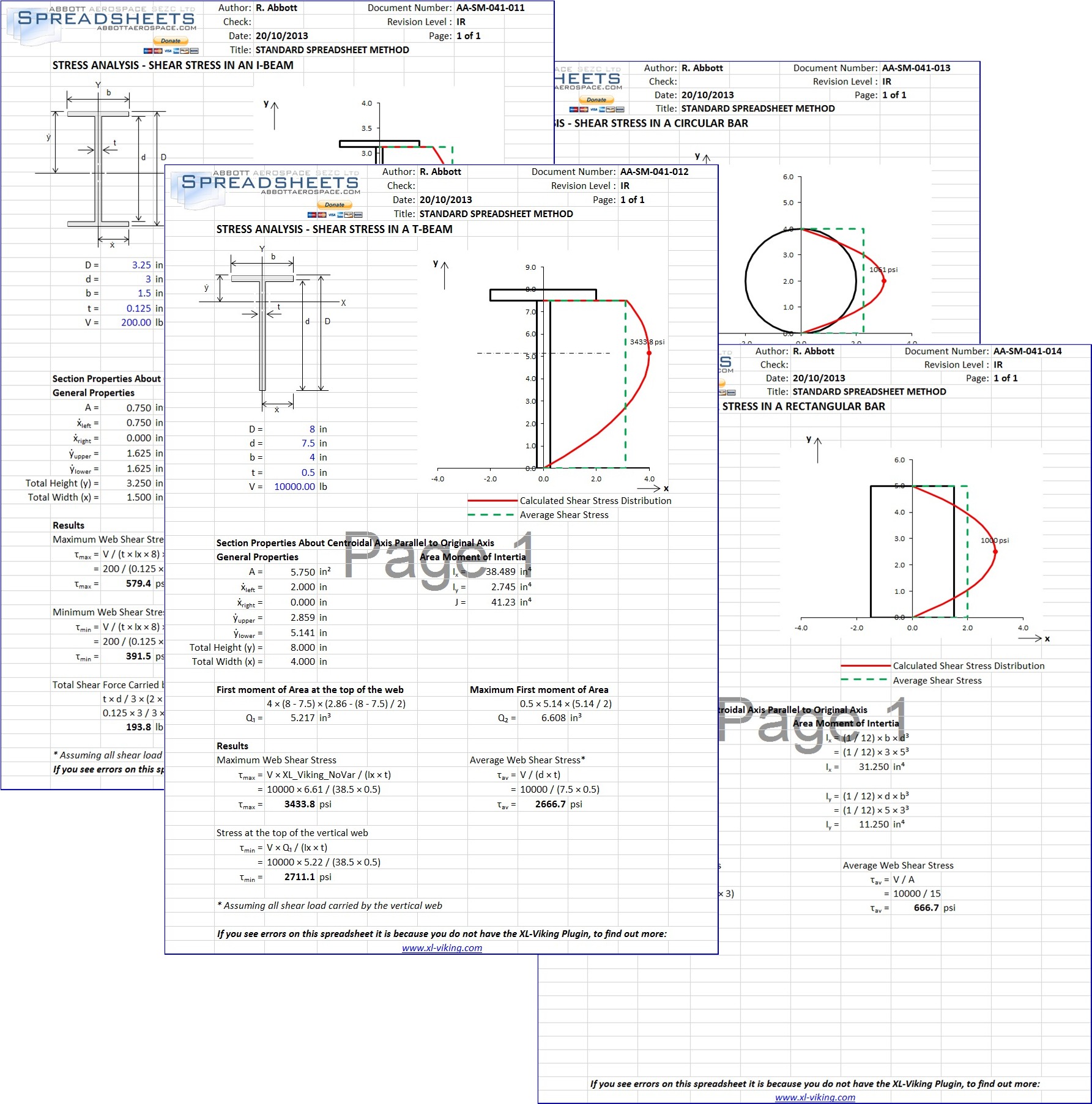
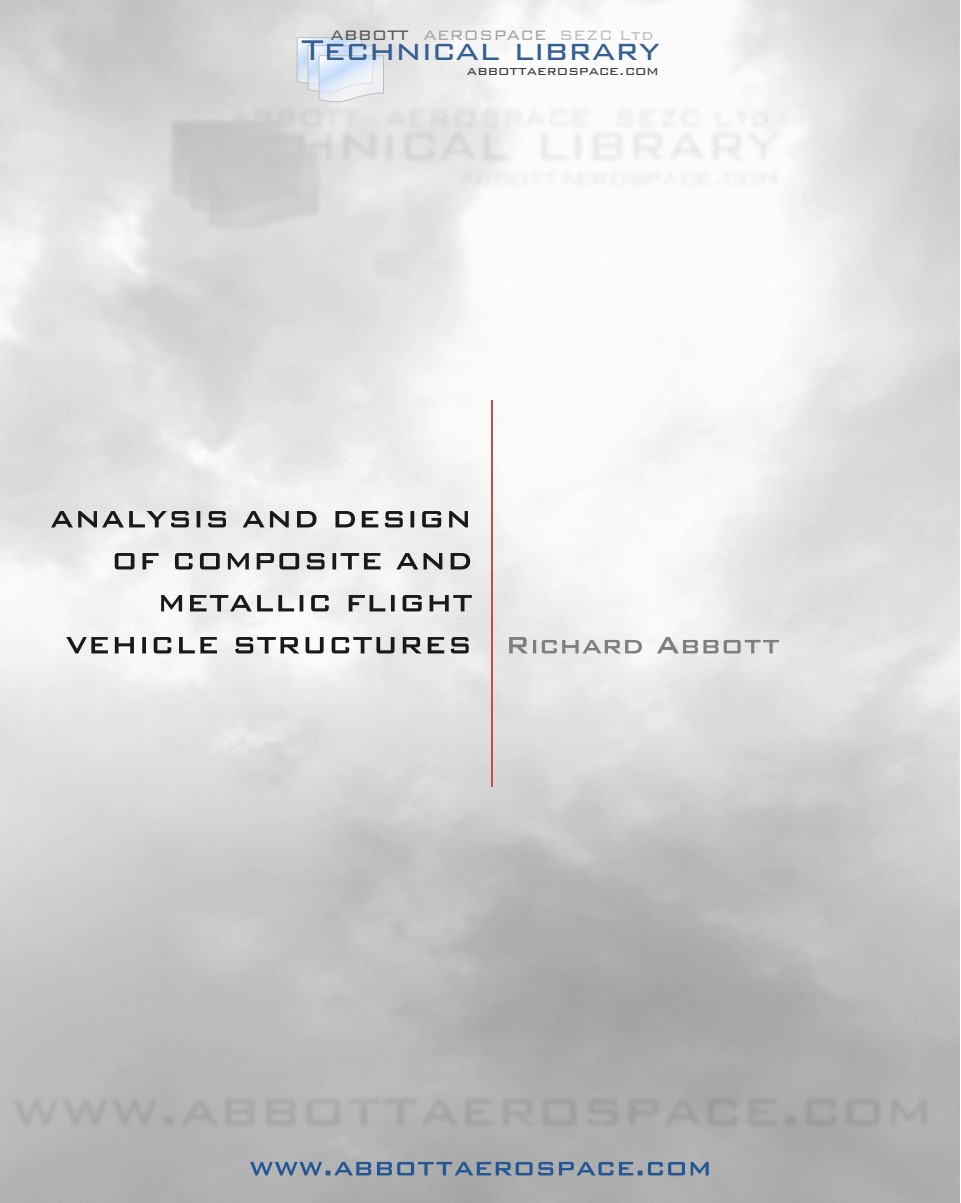

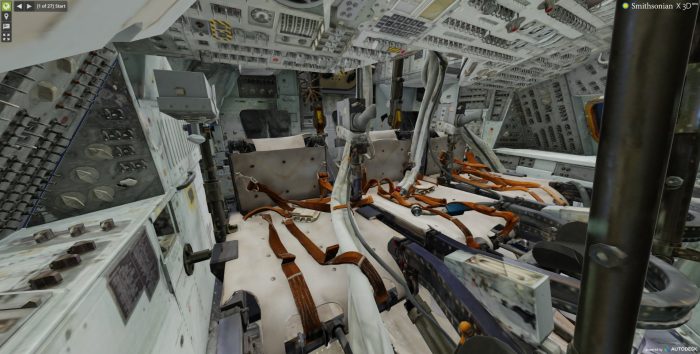


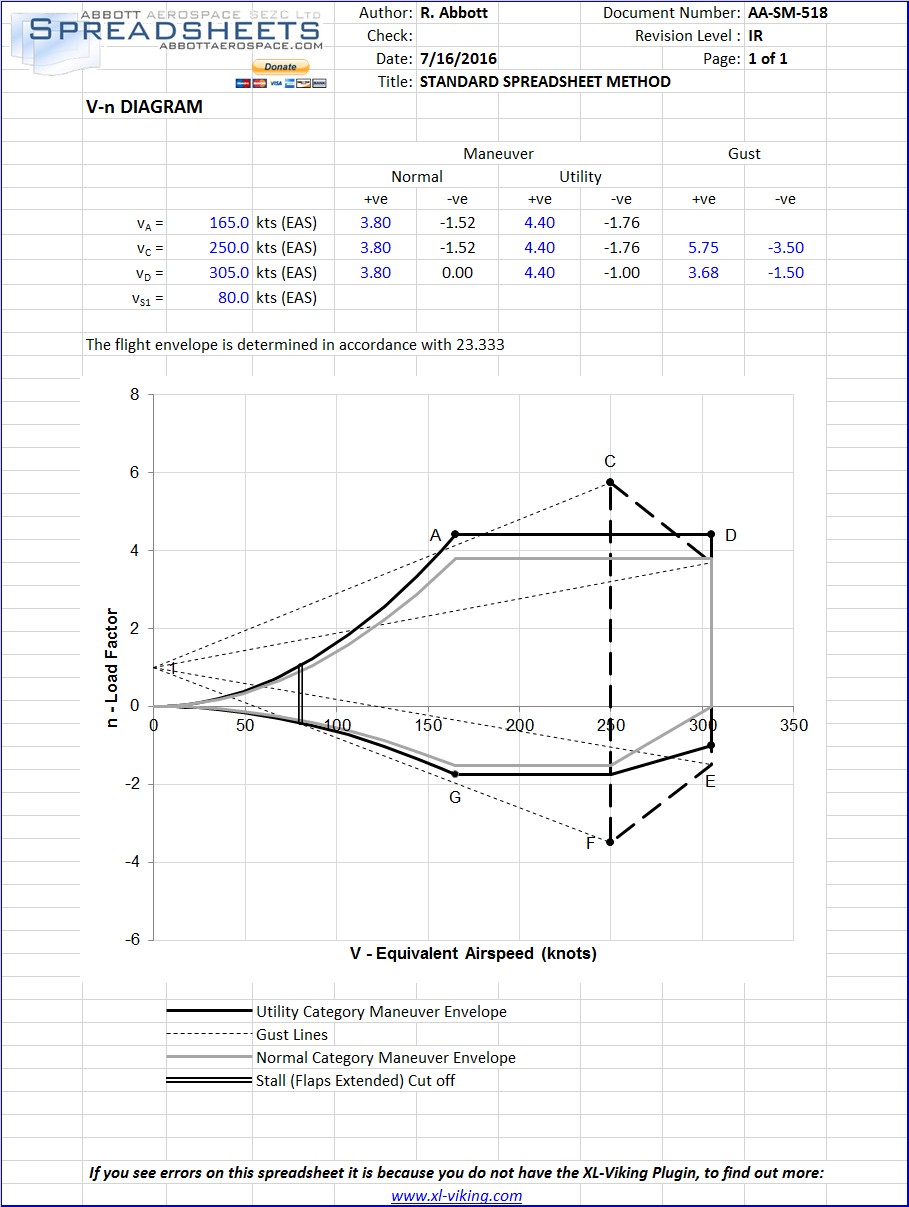
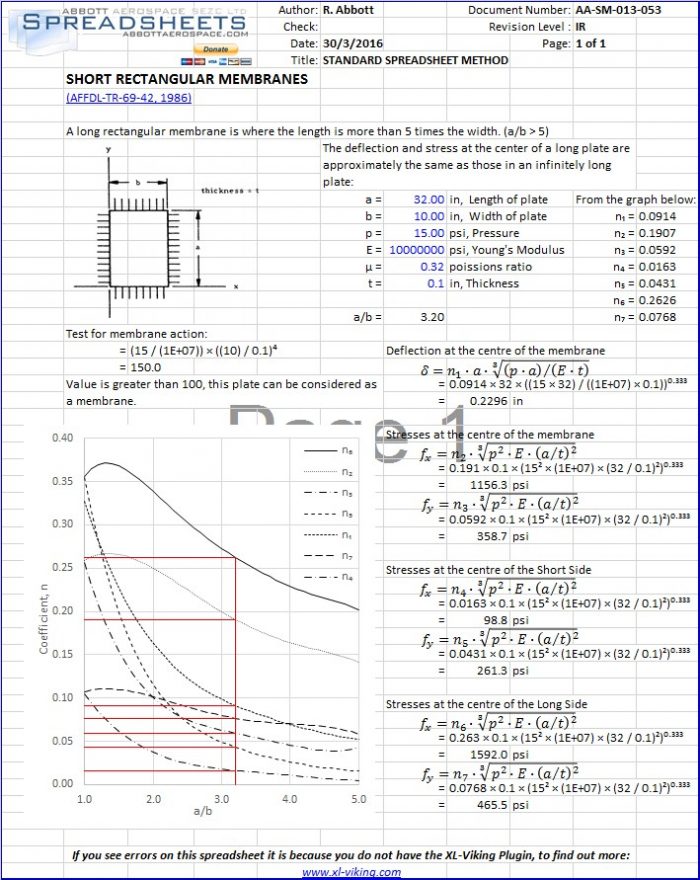 It has been a few weeks since we posted any new analysis spreadsheets. We have been busy getting the check version of the engineering textbook ready for the mailing list subscribers which was finally released in the June newsletter.
It has been a few weeks since we posted any new analysis spreadsheets. We have been busy getting the check version of the engineering textbook ready for the mailing list subscribers which was finally released in the June newsletter.